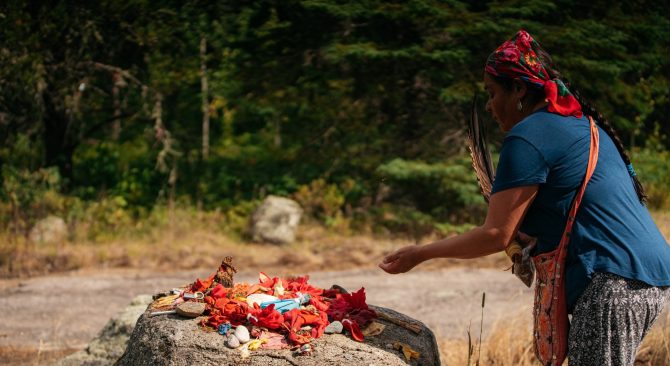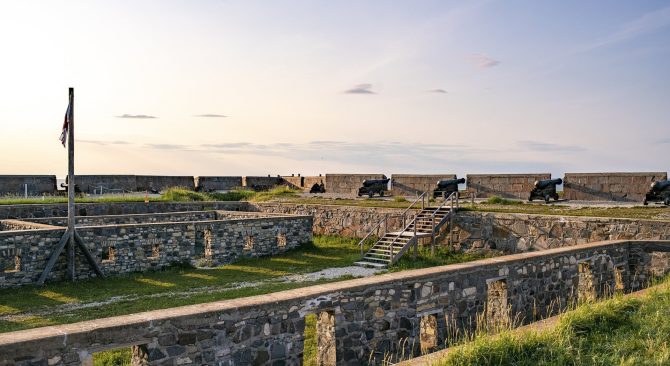- Things To Do
- Events
- Food & Drink
-
Places To Go
- Winnipeg
- Churchill
- Eastern Region
- Central Region
- Interlake Region
- Parkland Region
- Western Region
- Manitoba North
- Must-See Destinations
-
Itineraries
- Island Getaway on the Prairies
- Island Getaway on the Prairies copy
- Wheat City Wanderings in Brandon
- Escape to the water and the wild
- St. Boniface Winter: Passion and History
- Follow the path to a story in Neepawa
- Unleash your inner Viking this winter
- Explore Clear Lake this winter like never before
- Breathe in the Whiteshell this winter
- Go North for a boreal forest escape
- Treaty Areas
- Where To Stay
- Trip Essentials
- #ExploreMB Blog
Navigation Options
- FREN
- Things To Do
- Events
- Food & Drink
-
Places To Go
- Winnipeg
- Churchill
- Eastern Region
- Central Region
- Interlake Region
- Parkland Region
- Western Region
- Manitoba North
- Must-See Destinations
-
Itineraries
- Island Getaway on the Prairies
- Island Getaway on the Prairies copy
- Wheat City Wanderings in Brandon
- Escape to the water and the wild
- St. Boniface Winter: Passion and History
- Follow the path to a story in Neepawa
- Unleash your inner Viking this winter
- Explore Clear Lake this winter like never before
- Breathe in the Whiteshell this winter
- Go North for a boreal forest escape
- Treaty Areas
- Where To Stay
- Trip Essentials
- #ExploreMB Blog

About Manitoba
Welcome to the heart of Canada
Photo Credit: Uli Kunz
Manitoba has deep cultural roots and strong Indigenous heritage. A visit to Manitoba means travelling through Treaty 1, 2, 3, 4 and 5 Territory and through communities who are signatories to Treaties 6 and 10. It encompasses the original lands of the Anishinaabeg, Anishininewuk, Dakota Oyate, Denesuline and Nehethowuk Nations and is the Homeland of the Red River Métis. Northern Manitoba includes lands that were and are the ancestral lands of the Inuit.
Manitoba's ongoing existence is thanks to Indigenous ancestors and their present-day relatives, who continue to love and care for the land. Read more about Manitoba’s Treaty Areas before you visit.
Learn more about the development of Manitoba with this brief timeline.
Etymology
There’s a place in Manitoba known as the Lake Manitoba Narrows where a strong wind can send waves washing against the limestone rocks of an offshore island. The unique sound of the waves is said to be Manitou, or Great Spirit, in the Ojibwe language it’s “Manito-bau”. This legend survives in the province’s name - Manitoba.
Geography
Manitoba is bordered by Saskatchewan to the west, Ontario to the east, North Dakota and Minnesota to the south and Nunavut to the north. Manitoba also meets the Hudson Bay and is the only prairie province to have a saltwater coastline. There are several ecozones found in Manitoba, including prairie, boreal plains, boreal shield, taiga and Hudson plains. Manitoba is also home to more than 100,000 lakes and waterways, 92 provincial parks and park reserves, four Canadian heritage rivers, two national parks and 1 UNESCO World Heritage Site, Pimachiowin Aki.
Wildlife
Manitoba’s diverse landscapes offer equally diverse habitats for a range of wildlife. From the iconic polar bear and friendly beluga whales to arctic hares and ptarmigan, Churchill in northern Manitoba offers a wildlife experience like no other.
Manitoba is also home to black bears, which can come in a range of colours from black, to brown, to lighter cinnamon and even blonde. Watch for bears in Riding Mountain National Park, Whiteshell Provincial Park and Grand Beach Provincial Park.
Manitoba’s landscapes give habitat to several species of owls, including our provincial bird, the great grey owl. From the boreal owl of the forest to the burrowing owl of the prairies, keep an eye—and ear—out for these nocturnal birds found across the province. Some top places to view owls include Riding Mountain National Park, Birds Hill Provincial Park and Sandilands Provincial Forest.
Economy
Manitoba’s top economic contributors are agriculture, tourism, electricity, oil, mining and forestry. Manitoba also has a large manufacturing sector.
Population
Manitoba has a population of over 1.3 million people. The largest majority of those are from European descent, followed by those of Indigenous, east and southeast Asian, south Asian and Middle Eastern, African and Latin, Central and South American origins.
Language
Manitoba’s official languages are English and French. English is the most spoken language throughout the province and there are 17 bilingual municipalities. Many service providers in Winnipeg and throughout the province offer English and French services.
Thanks to Manitoba’s rich diversity, many other languages are spoken including Arabic, Cree, Dakota, Dene, Filipino, German, Hebrew, Inukitut, Japanese, Mandarin (Chinese), Michif, Ojibwe, Oji-Cree, Portuguese, Punjab, Spanish and Ukrainian.
Treaty Areas
A visit to Manitoba means travelling through Treaty 1, 2, 3, 4 and 5 Territories and through communities who are signatories to Treaties 6 and 10.
History
A brief history of the development of Manitoba.


